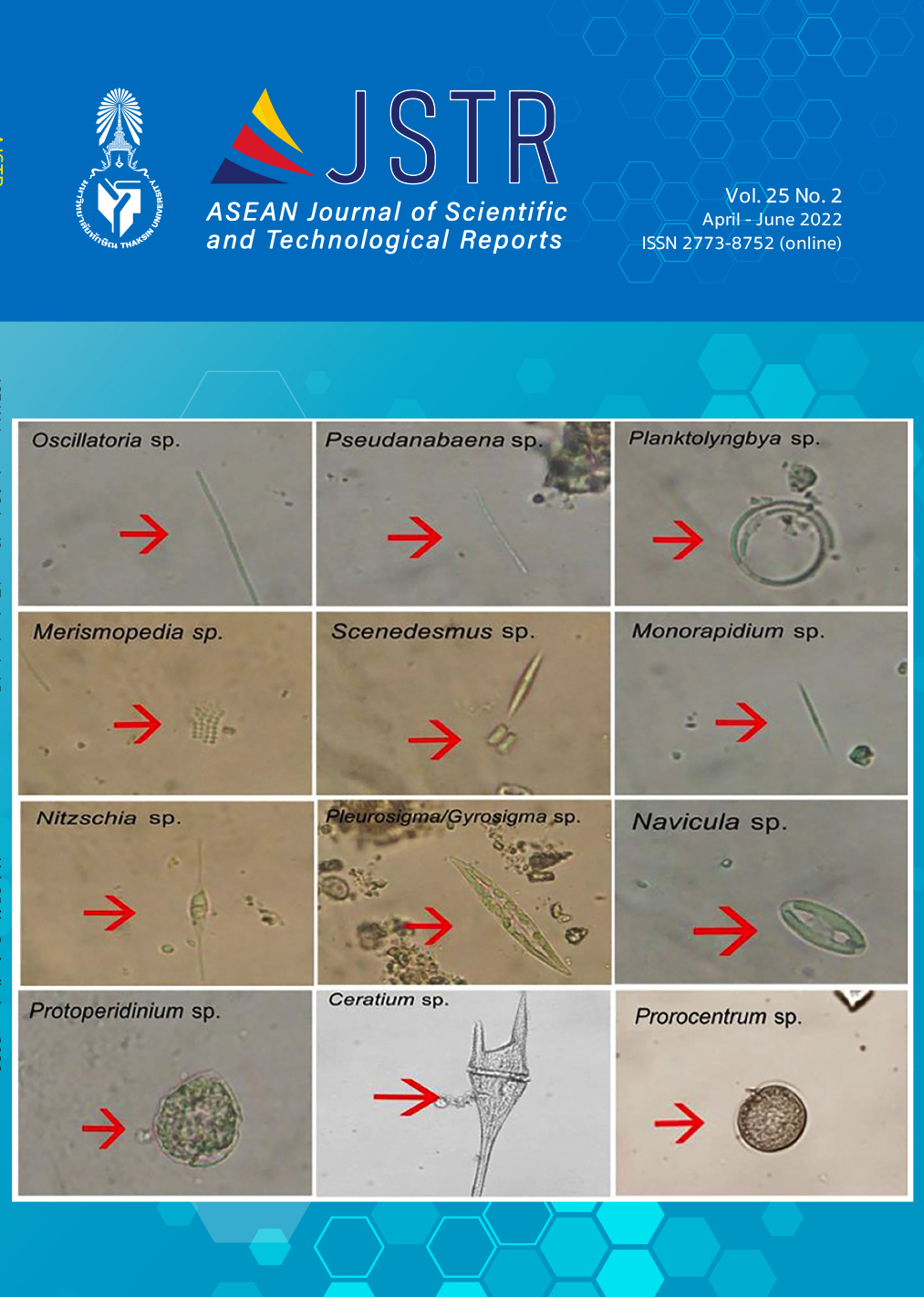Efficiency Enhancement with Rule-Based Method for Credit Classification
Main Article Content
บทคัดย่อ
The efficiency enhancement with the Rule-based Method is a data mining technique to study the relationship between credit borrowers and deciding credit approval and reduce the risk of bad debt in the future. This research aims to efficiency enhancement with the Rule-based method for credit classification, which is the credit types data, numeric, and nominal used for the category from the cooperative savings database by using the Gain Ratio as a measurement unit of the sampling (Entropy) and filter to select important variables. Therefore, the researcher uses the K-fold cross-validation method by dividing the data to perform the test into equal K-part numbers into training and testing data sets. Then Rule-based approach of data mining techniques in WEKA software version 3.9.4 viz Decision Table, RIPPER (JRip), OneR, and Partial Rule (PART) to efficiency enhancement of the model for credit classification to get more accurate and reliable by measuring the efficiency of the model with Recall, Precision, and F-measure. The results of the research can be found that both the Gain Ratio and the outlier data filter can make the efficiency of the model with the Rule-based method using the Partial Rule to get the highest Recall value of 4.1%, the highest Precision value of 4.0%, and highest F-measure value by 5.4%. Besides, the Partial Rule can make the model's efficiency for credit classification get a Recall of 86.1%, Precision of 85.9%, and F-measure of 85.6%. Thus, all values were more efficient than the Decision Table, JRip, and OneR.
Article Details

This work is licensed under a Creative Commons Attribution-NonCommercial-NoDerivatives 4.0 International License.
References
Thongkumpra, M.; Rattanasiriwongwut, M. Application of techniques to Classify data to predict customer owes doesn't cause Income: A Case Study of a financial institution, The Twelfth National Conference on Computing and Information Technology NCCIT 2016; pp. 605-610.
Rick L. Lawrence; Andrea Wright. Title of the chapter. “Rule-Based Classification Systems using Classification and Regression Tree (CART) Analysis. Photogrammetric Engineering & Remote Sensing, 2011; 67(10), pp. 1137-1142.
Daoruang, B.; Mingkhwan, A.; Sanrach, C. The Comparison of Data Classification Efficiency for Decision in the Selection of Information Technology Students Academic Subjects, Faculty of Technology and Industrial Management, King Mongkut’s University of Technology North Bangkok, Prachinburi Campus. June 16, 2018; pp. 1-9.
R, Kohavi. The Power of Decision Tables. presented at the in 8th European Conference on Machine Learning, 1995; pp. 2-17.
E, Frank; I. H. Witten: Generating Accurate Rule Sets Without Global Optimization. presented at the In Fifteenth International Conference on Machine Learning,1998; pp. 1-15.
Cohen, WW. Fast Effective Rule Induction. In Proceedings of the Twelfth International Conference on Machine Learning; July 9-12; Tahoe. California: Morgan Kaufmann, 1995; pp. 115-123.
R. C. Holte. "Very Simple Classification Rules Perform well on Most Coฏmmonly used datasets." Machine Learning, 1993; 11, pp. 63-91.
J. R, Quinlan. Book Review, C4.5: Programs for Machine Learning: Morgan Kaufmann Publishers,1994; pp. 235-240.
Nanaumphai, P.; Thongkam, J. Intrusion Detection Using Classification Techniques in Data Mining. Faculty of Informatics at Mahasarakham University Journal of Information Technology and Innovation Management,2019; Year 6 No. 2 July - Dec. pp. 111-118.
Promthong, N.; Oenchamrush, S.; Tangprasert, S. Comparative Efficiency of Classification with Data Mining Technique between K-Nearest Neighbor Rule-Based and Decision Tree. The Eighth National Conference on Computing and Information Technology NCCIT 2012; pp. 540-546.
Kittisak, Summary. Basic Health Screening by Using Data Mining Techniques. Master of Science in Web Engineering, Faculty of Information Technology, Dhurakij Pundit University, 2012.
Fadi, Thabtah; Omar, Gharaibeh; Rashid, Al-Zubaidy. Arabic Text Mining Using Rule-Based Classi cation. Journal of Information & Knowledge Management, 2012; 11(1), pp. 1-10.
GM, Shafiullah; A B M S, Ali; A, Thompson. Rule-Based Classification Approach for Railway Wagon Health Monitoring. Proceedings of the Neural Networks 2010 International Joint Conference, IEEE, Piscataway, N. J. February 2010; pp 1-7.
Rajalakshmi, A.; Vinodhini, R.; Fathima, Bibi K. Data Discretization Technique Using WEKA Tool A. Rajalakshmi et al IJCSET, August 2016; 6(8); pp. 293-298.
Wichareung, S. Applying Data Mining Technique in Loan Approval Process. Master of Science in Computer and Communication Technology, Faculty of Information Technology, Dhurakij Pundit University, 2010.
Ian H. Witten; Eibe Frank; Mark A. Hall; Christopher J. Pal. 2nd ed.; Data Mining: Practical Machine Learning Tools and Techniques. Morgan Kaufmann Publishers, Inc., Sanfrancisco, CA, USA ,2016; pp. 61-76 and pp. 97-119.
Pacharawongsak, E. 2nd ed.; An Introduction to Data Mining Techniques. Bangkok: Asia Digital Printing Company, 2014; pp. 50-83.

